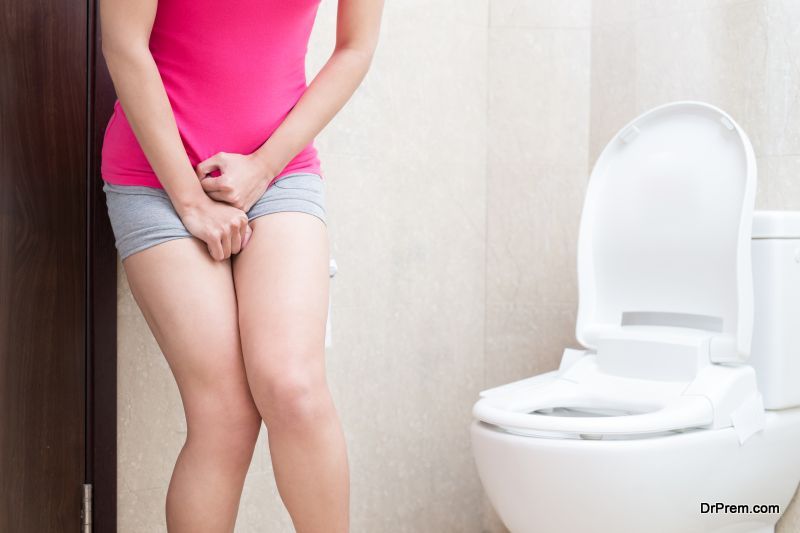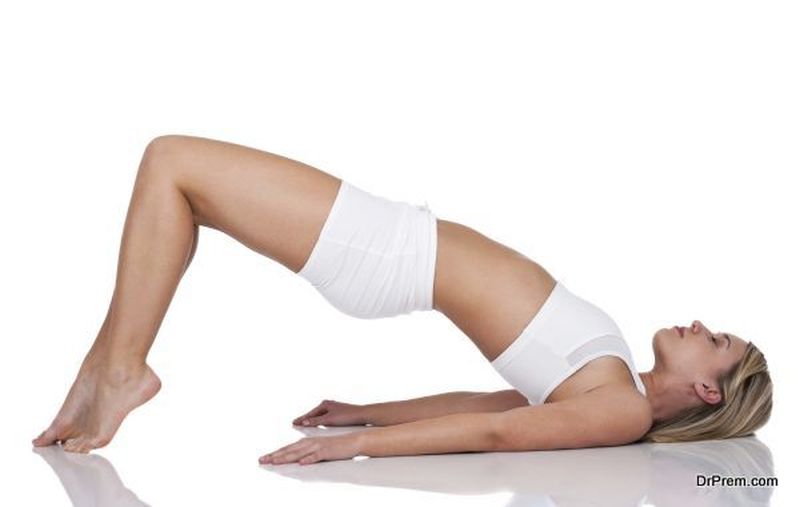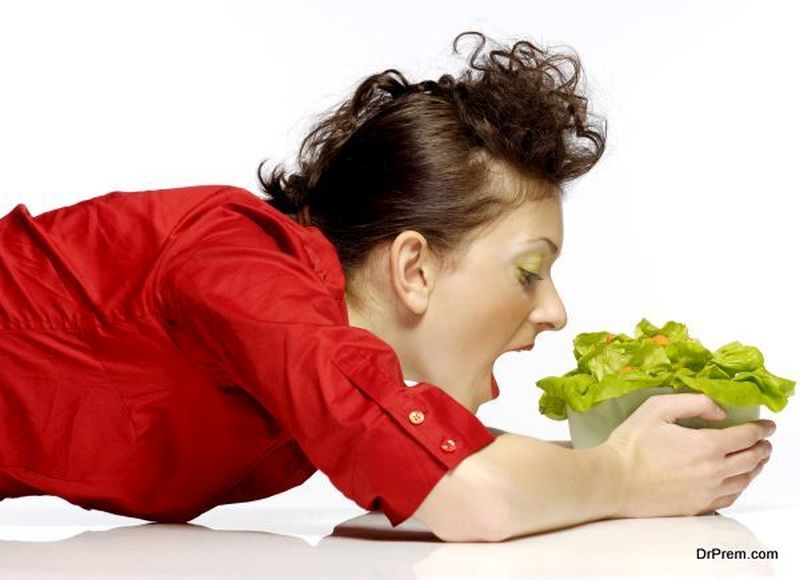Between 17 and 40% of women in the United States are battling urinary incontinence. This sometimes-embarrassing condition typically affects middle-aged women in their 40s and 50s.
Stress and urge incontinence are the two most common types of incontinence that affect women, and in either case, one of the main causes is weak pelvic floor muscles.
For women who are tired of dealing with embarrassing leaks, here are six tips to better manage urinary incontinence.
Kegel Exercises
Kegel exercises are one of the most effective ways to overcome stress incontinence. Women who regularly perform these pelvic-floor-strengthening exercises can see a 70% improvement in symptoms.
Over time, Kegels thicken the muscles responsible for holding your urethra in place.
Beginners should start by contracting the pelvic floor muscles for five seconds, and then relaxing for five seconds. Repeat this exercise five times, 10 to 20 times per day.
Adult Diapers
Before you roll your eyes or cringe at the idea of wearing adult diapers, you should know that these incontinence products have come a long way in recent years. Adult diapers are thinner, more comfortable and far more discreet than they used to be.
There are a wide range of adult incontinence products to choose from, including: overnights, tape-on, pull-ups, inserts, boosters and underpads.
Pads and liners are also available from feminine hygiene brands you’ve known and trusted for years.
Pull-up and tape-on products are the two most common types of adult diapers. Pull-ups are the best option for women who still live independently. They’re more comfortable to wear, and they look and feel just like regular underwear.
Change Your Diet
Making strategic changes to your diet can help minimize your incontinence symptoms, or at least make your flare-ups less frequent.
There are plenty of foods and drinks that we consume on a daily basis that can aggravate urinary incontinence.
Consider limiting or eliminating the following foods:
- Spicy dishes
- Alcohol
- Citrus juices
- Chocolate
- Caffeine
- Aspartame
- Hot peppers
Some medical experts believe these foods trigger receptors in the body that cause the bladder to overreact.
Try eliminating one food on this list for two weeks and work your way down the list over time. By working slowly, you’ll be better able to pinpoint your food triggers.
Drink Less Often
Yes, you read that right: you might want to cut back on your water intake if you’re battling urinary incontinence.
If you have a weak bladder and drink the recommended eight glasses of water per day, it may aggravate the urges. Try cutting back to four or six glasses per day to keep those frequent urges at bay.
Try Yoga
Yoga is not only good for stretching the muscles and promoting relaxation – it can also help you strengthen your pelvic floor muscles.
Mula Bandha, an essential posture to any yoga practice, requires you to tighten your pelvic floor muscles, which control the sphincter.
Certain yoga postures, like the Pike, the Fish and the Crow also increase your pelvic strength.
Bladder Training
Bladder training is another effective way to manage urinary incontinence. A type of behavioral therapy, bladder training requires you to wait until you feel the urge to urinate and gradually increases your time between bathroom trips.
Article Submitted By Community Writer







